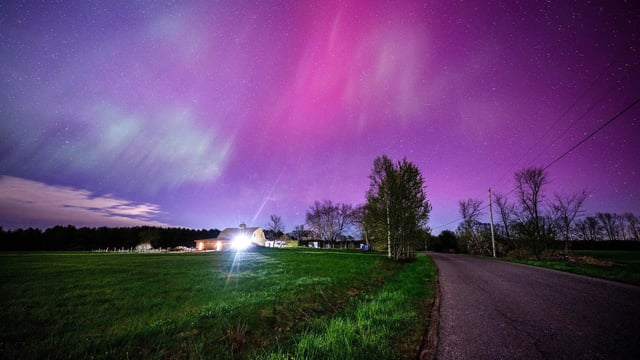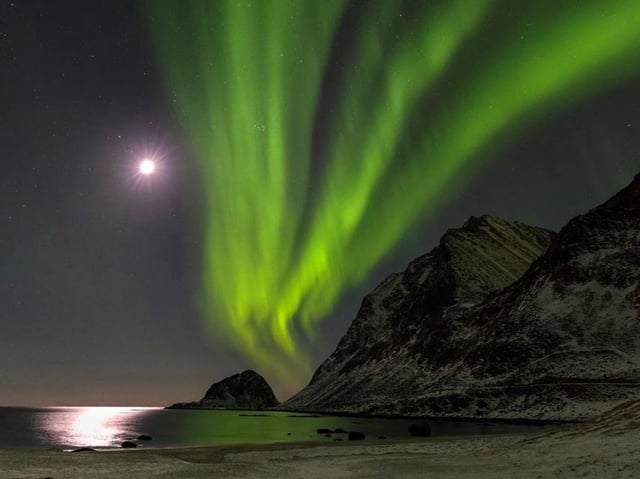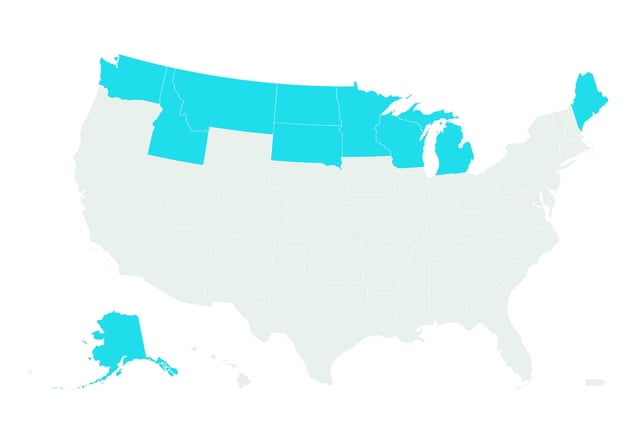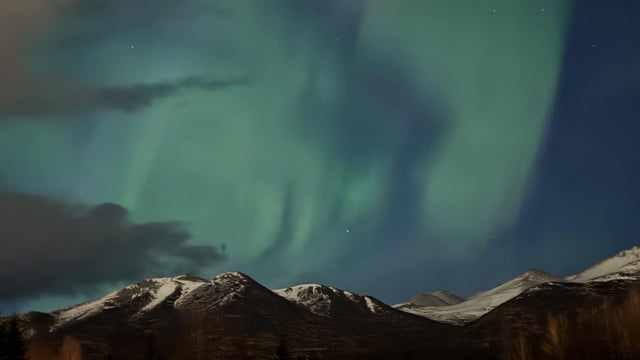Overview
- The NOAA forecast indicates the aurora borealis may be visible in up to 10 U.S. states, including Alaska, Washington, Idaho, Montana, North Dakota, Minnesota, Wisconsin, Michigan, South Dakota, and Maine.
- Geomagnetic activity is measured using the Kp index, with Wednesday's forecast at a Kp index of 3 and Thursday's at 4, suggesting stronger potential for auroral visibility on Thursday.
- Auroras occur when solar particles collide with Earth's magnetic field, creating energy that lights up the upper atmosphere in colorful displays.
- Viewing conditions will vary based on local factors such as cloud cover, light pollution, and the intensity of geomagnetic activity at specific times.
- NOAA advises heading to dark, unobstructed, north-facing locations between 10 p.m. and 2 a.m. for the best chance of seeing the lights.



